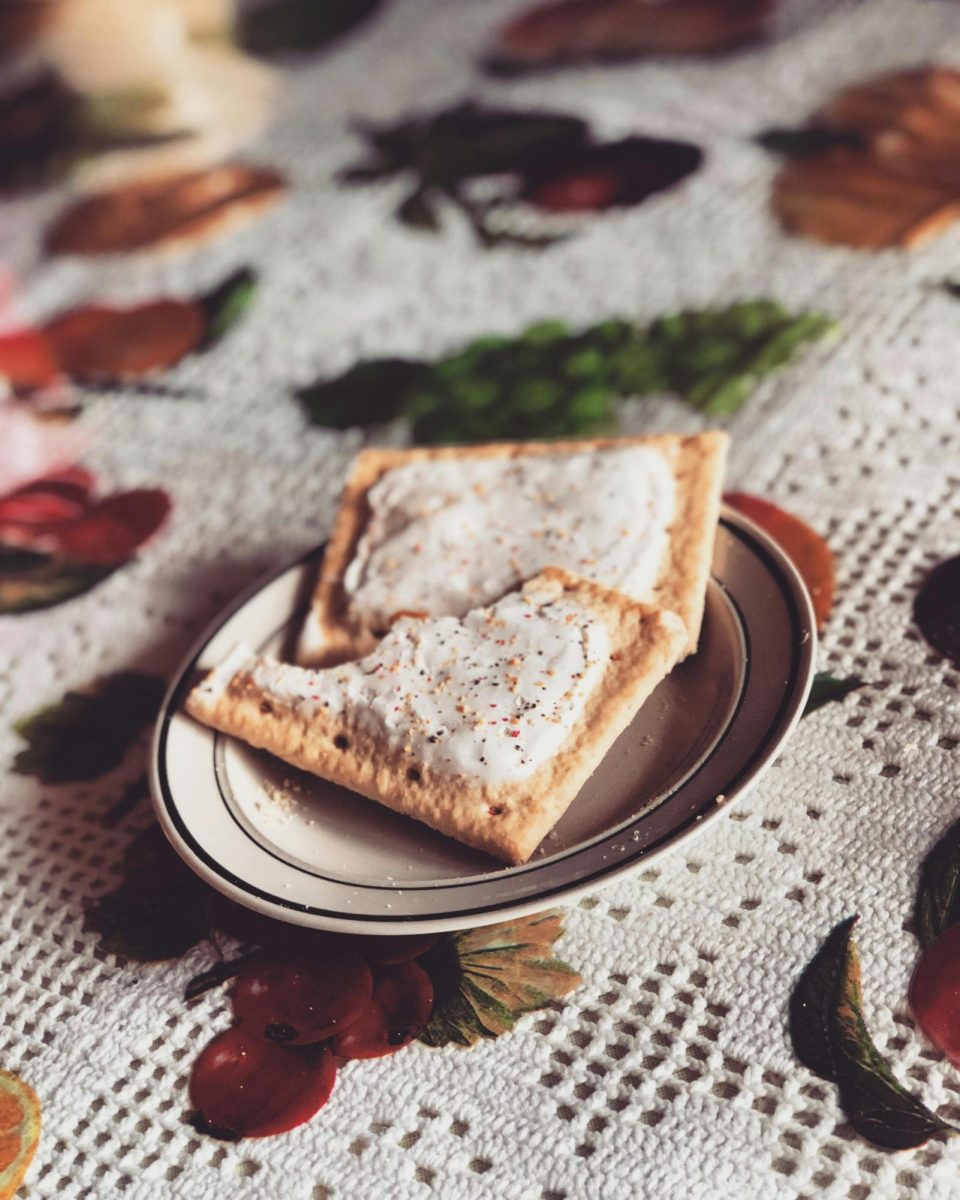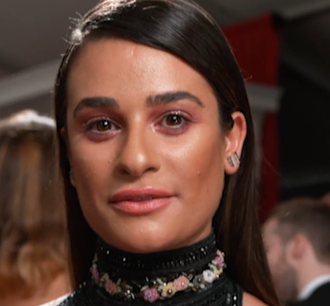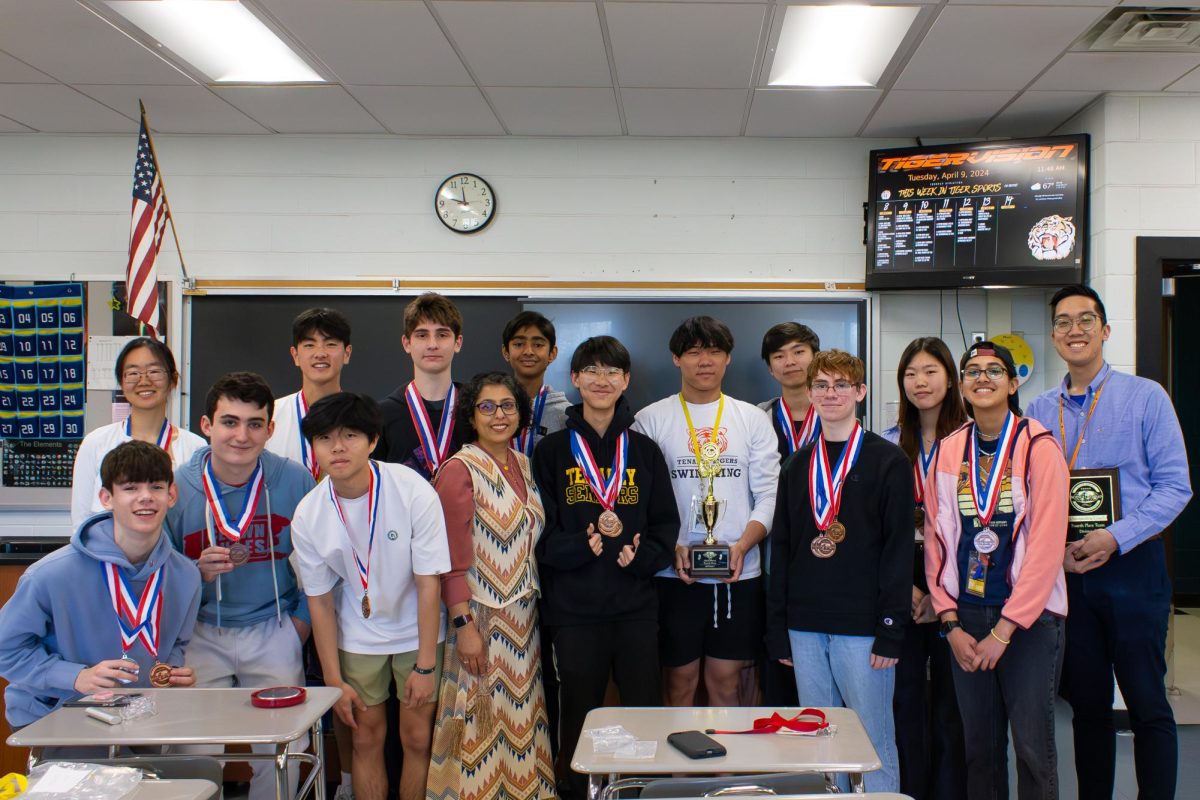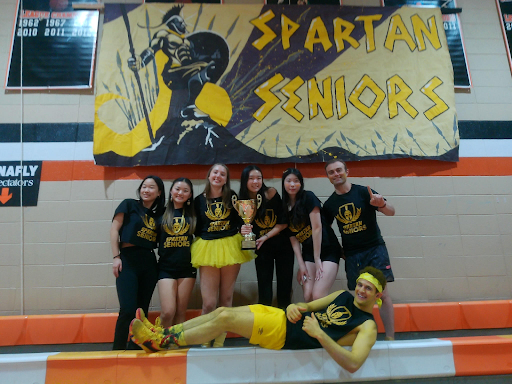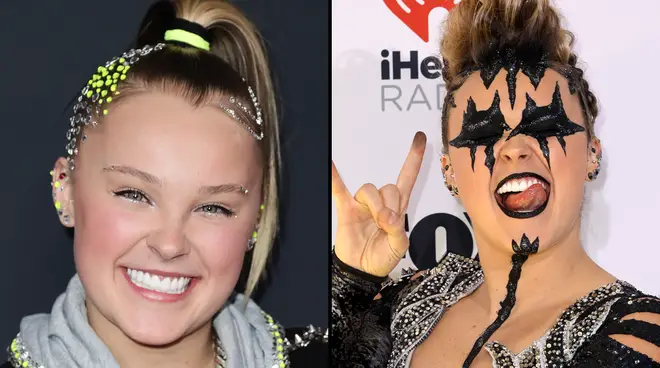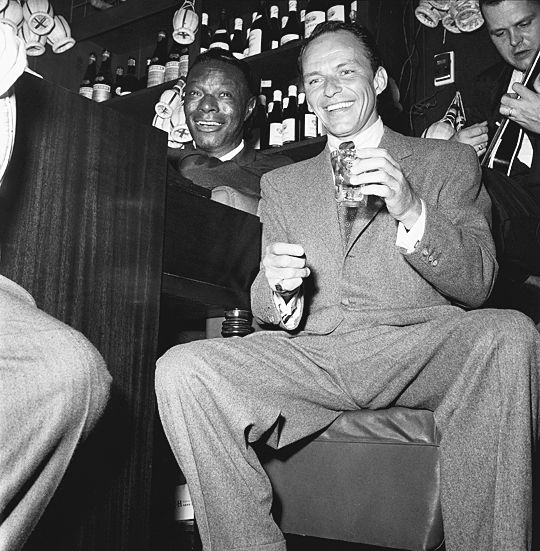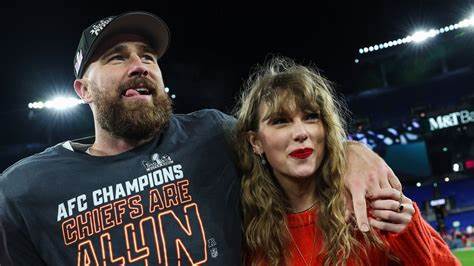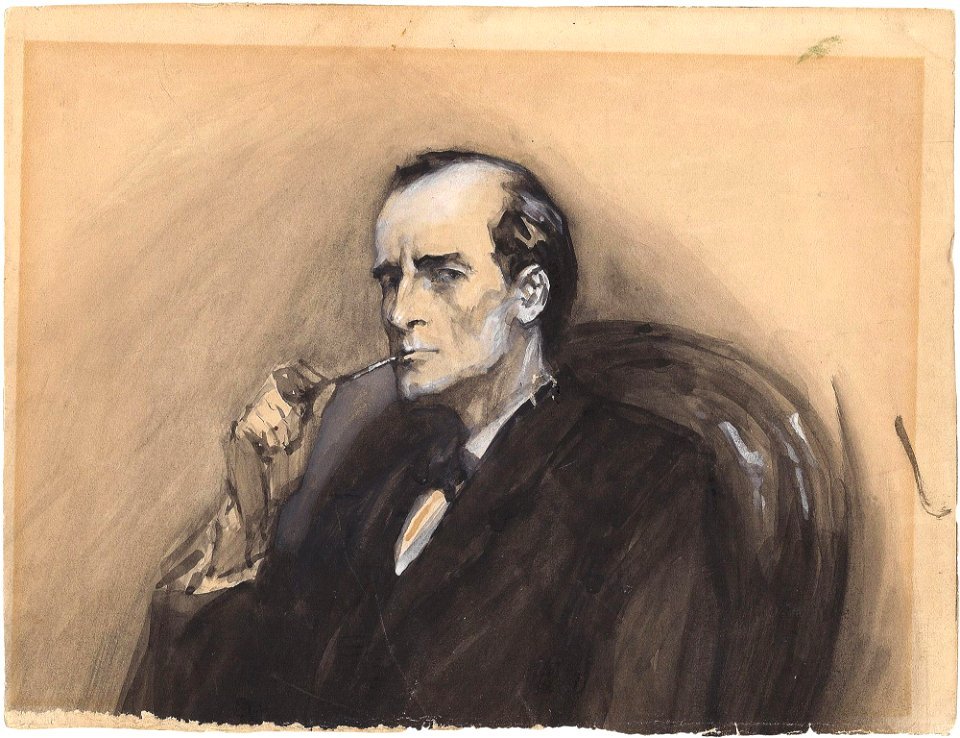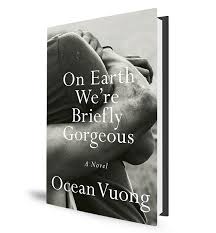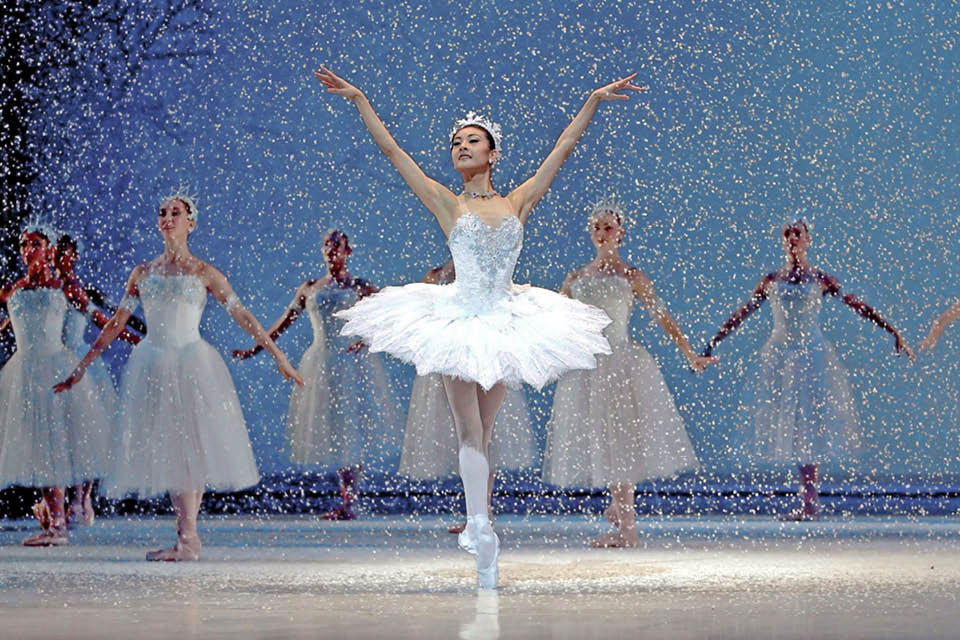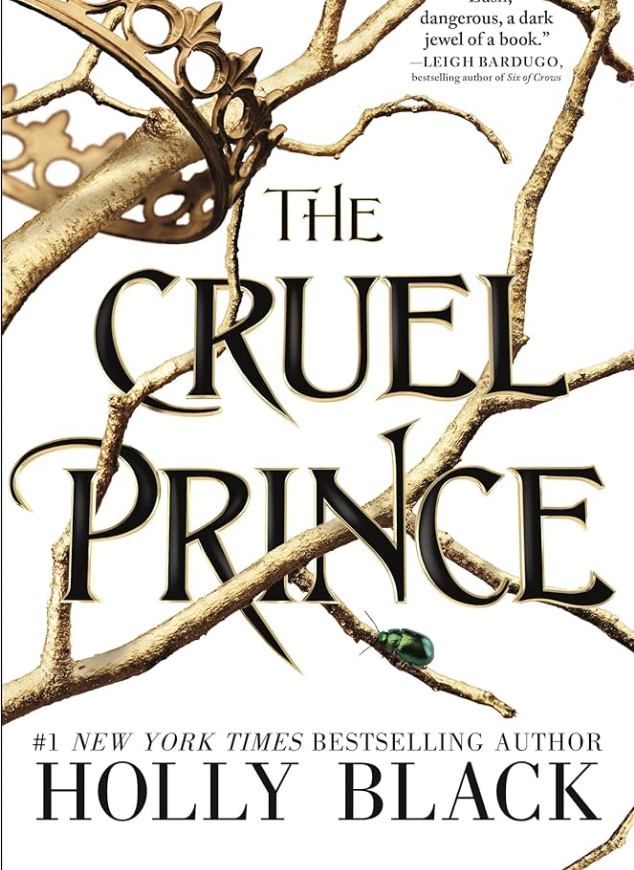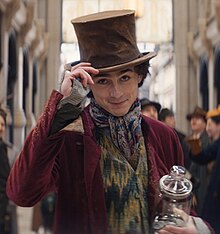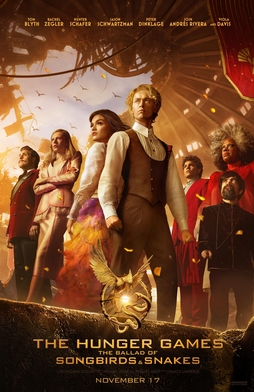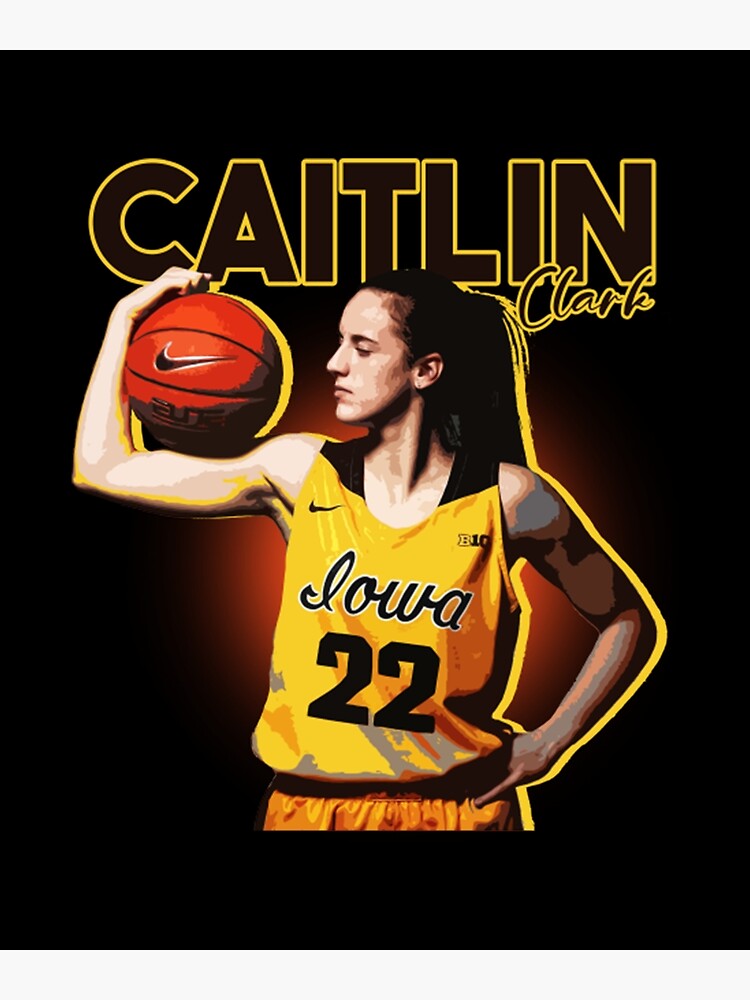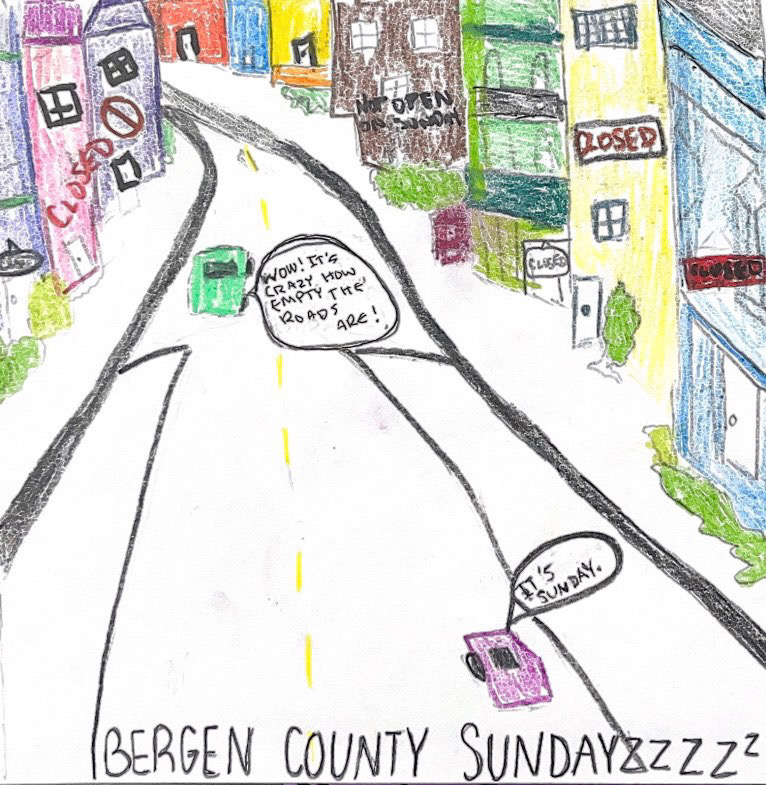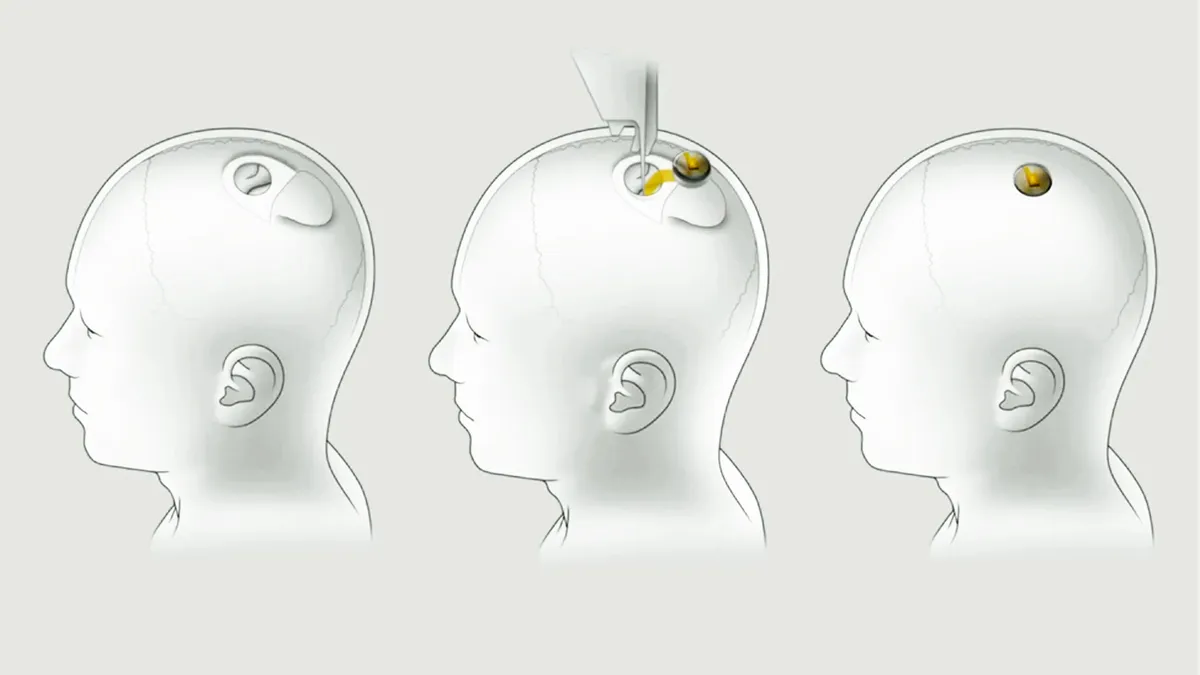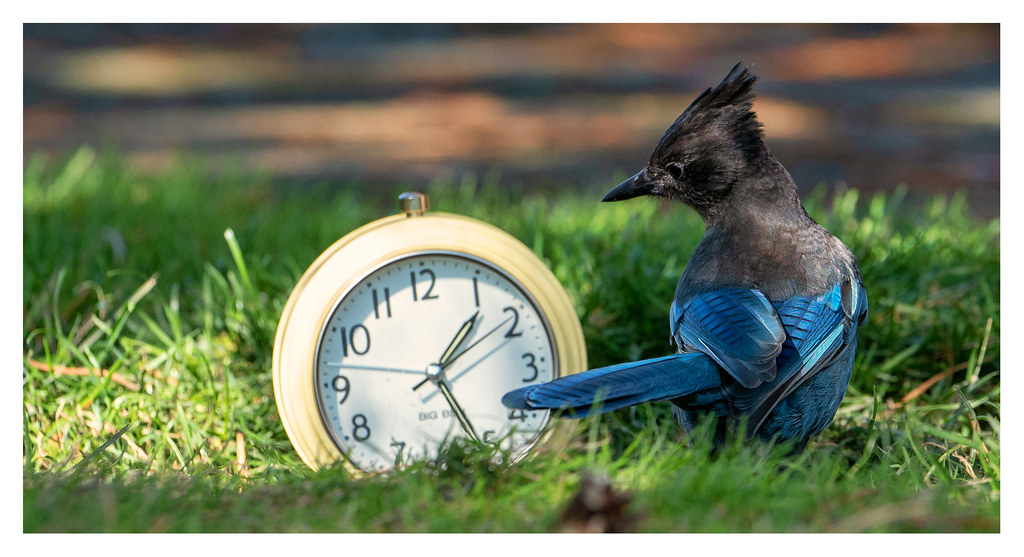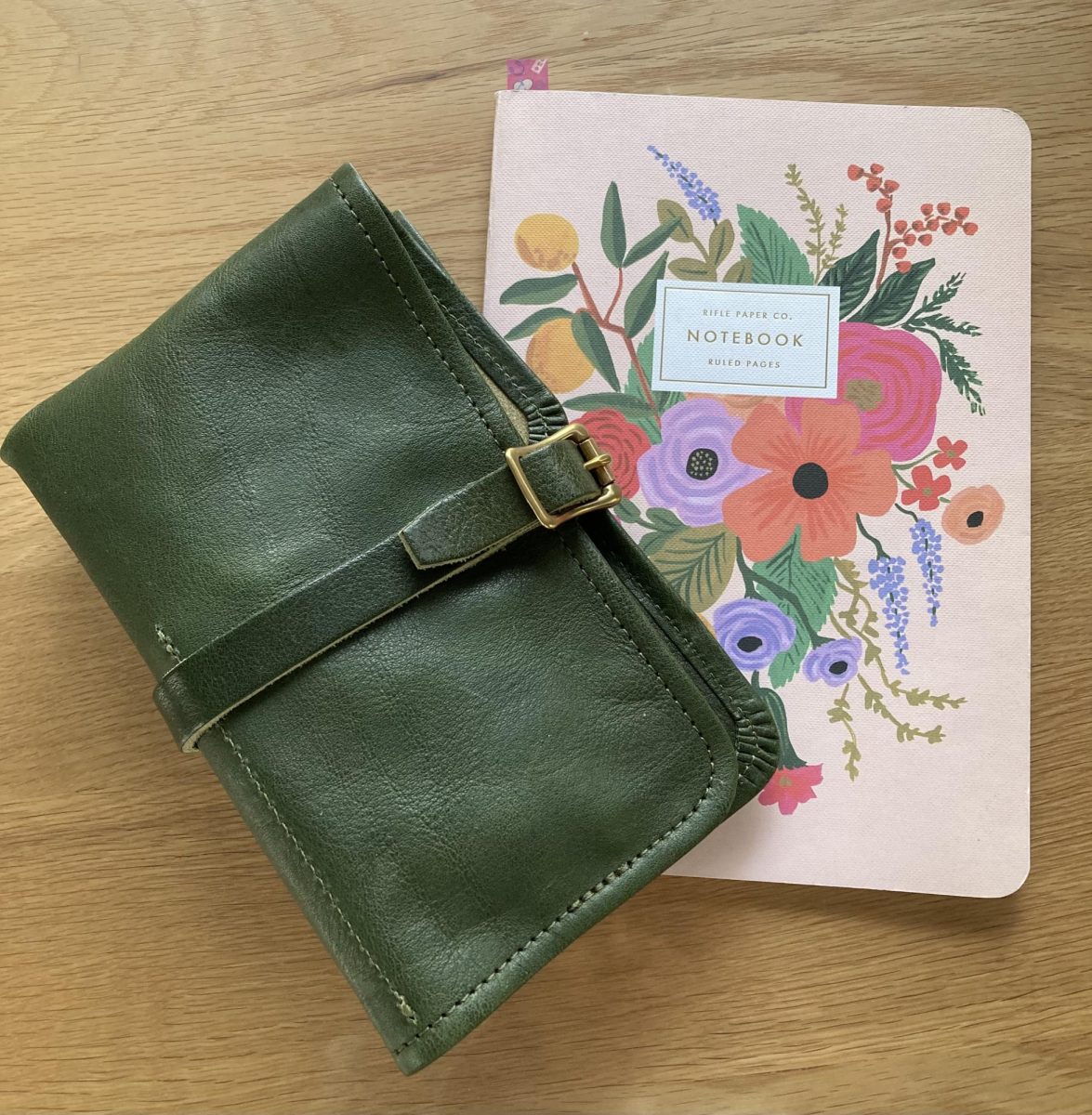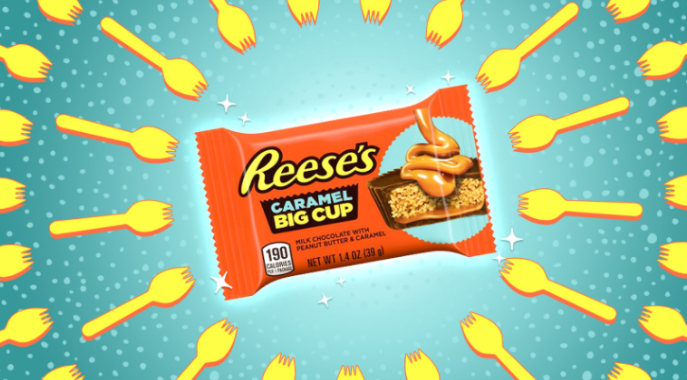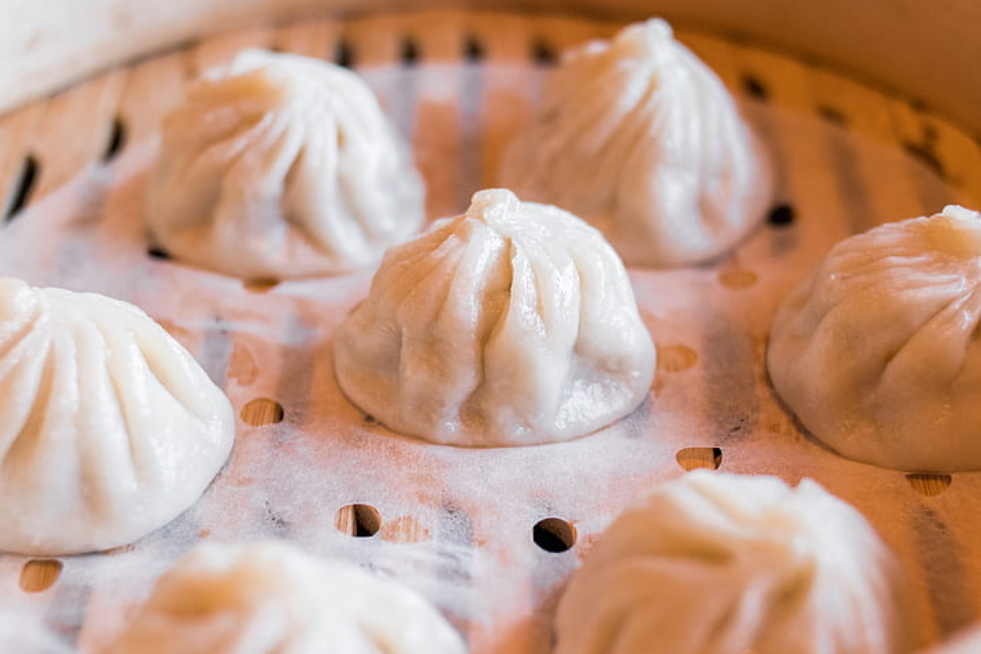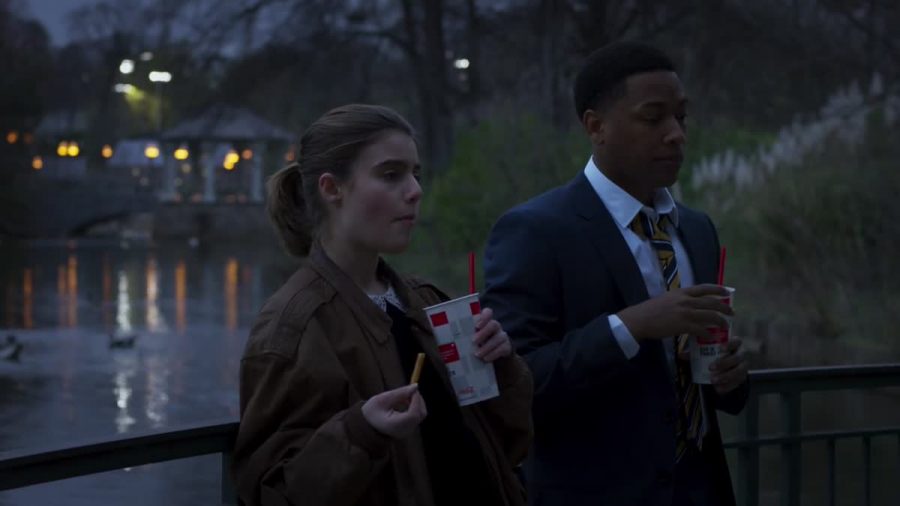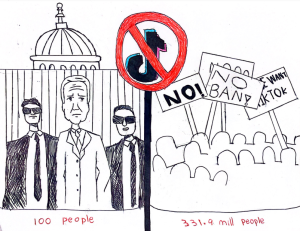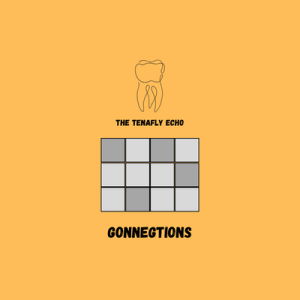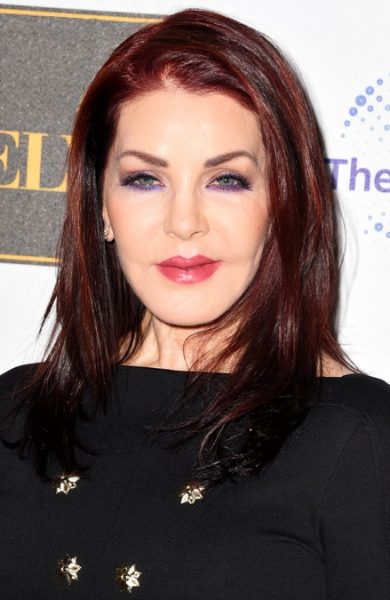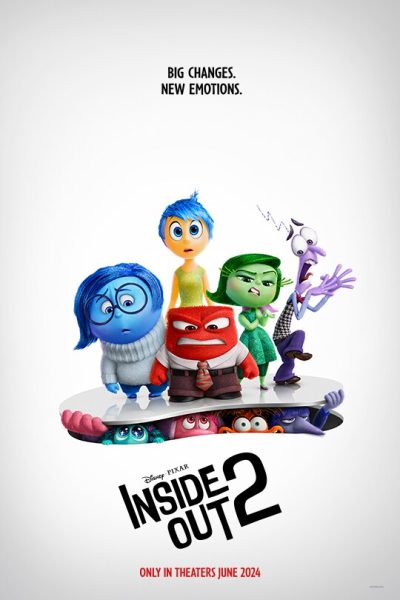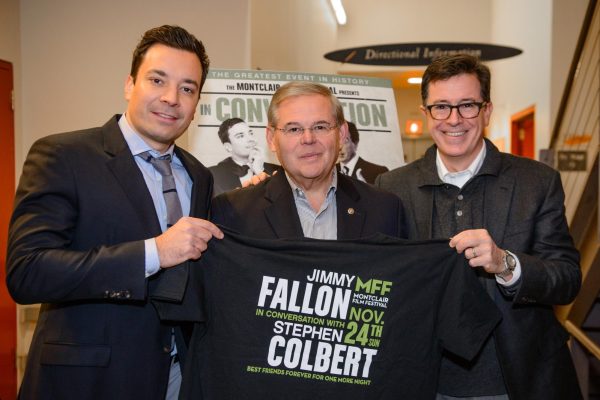Candy Jar Goes from Sweet to Saccharine
June 7, 2018
Warning: this review contains spoilers for the film Candy Jar. In all honesty, though, I can’t fathom why you would want to watch it.
Since my parents pay $9.99 a month for Netflix, I feel almost obligated to watch every mildly interesting show or film that pops up in my “recommended for you” section—it’s the same sort of emotion that overcomes me when I go to a Chinese buffet, and, reminded of the eleven dollars I paid for my all-you-can-eat meal, load my gleaming plate up with crab legs and lobster. When I first came across the trailer for Candy Jar, that sense of obligation immediately overwhelmed me. What seemed to separate Candy Jar from the other romantic comedies aimed at lonely teenage girls on Netflix was its unique subject matter and beautiful cinematography—at least, that was the vibe I got from the trailer. Unfortunately, just a mere hour and a half later, I felt sorely disappointed, and truthfully, mildly angry.
Candy Jar is a movie about two high school seniors, Lona Skinner (Sami Gayle) and Bennett Russell (Jacob Latimore), who’ve been competing with each other for all their lives—in debate, in academics, and seemingly, in their own minds. Not only do they compete with each other, but they also have a seemingly unshakeable hatred of each other. This hatred is apparently also cross-generational—indeed, their respective mothers, Amy (Christina Hendricks) and Julia (Uzo Aduba), have a mutual detestation conveyed through strained smiles and cold small talk. The plot of Candy Jar is centered around two discrete journeys: Lona and Bennett’s quests to advance to the state championships in policy debate and the stressful process of applying to selective colleges.
Visually, Candy Jar truly is a near masterpiece. Netflix’s filmmaking is always superb, even when its plots are disjointed and incoherent. The aesthetic of the movie can best be described as Pretty Little Liars meets Gilmore Girls—the movie is filtered in overcast greys, but not in a way that detracts from the immaculately trimmed private school that serves as one of the main backdrops for the film. The film makes good use of the contrast between warm tones and cooler ones, appropriately highlighting the former in the office of the school’s kind, caring guidance counselor, Kathy (Helen Hunt).
Unfortunately, when it comes to creating a realistic story, Candy Jar struggles. The film incorporates many of the small details of debate—such as the technique of spreading, or speaking as quickly as one can in order to maximize the number of arguments made—but glosses over how a debate tournament would actually work. For example, Lona and Bennett’s chief opponents throughout the film are two lower-income debaters named Jasmine (Antonia Gentry) and Dana (Ariana Guerra), whose arguments rely chiefly on anecdotal evidence. Anecdotal evidence is considered to be amongst the weakest forms used to bolster an argument simply because it isn’t, and can never be, quantifiable. Interestingly enough, the film attempts to address this weakness through a throwaway remark by Lona, who comments on how this technique usually ends up hurting Jasmine and Dana in the long run. Somehow, though, Jasmine and Dana still end up at the finals of the state championship.
Candy Jar relies heavily upon these lazily executed, convenient plot points. At the climax of the film—when both Lona and Bennett are distraught over their rejection letters from Harvard and Yale, respectively—the two students go to the guidance counselor, Kathy, for comfort, and discover that she was involved in a fatal car accident the prior night. This plot point is never truly explored; it’s used mainly as an event for Lona and Bennett to bond over. In truth, her death could have been replaced with that of the school mascot, since the only rationale behind the occurrence of Kathy’s death was that Lona and Bennett needed to connect, preferably over copious tears and hugs.
Candy Jar’s greatest weakness is its inability to establish a coherent theme. Once again, when it comes to conveying small, critical details, the film shines. For instance, in order to provide the viewer with an understanding of the type of student both Lona and Bennett are, the camera pans over their transcripts, which are crowded with A+s, 1590s on the SATs, 5s on AP Exams, and, of course, a myriad of awards. These details establish Lona and Bennett as realistically competitive applicants to their dream colleges, making it all the more devastating when they’re both outright rejected from them. At the end of the film, though, when it’s revealed that Lona was ultimately accepted to Yale and Bennett to Harvard, I closed my browser window and internally screamed out of anger and disappointment. Candy Jar throws away one of its main messages—that the college you go to should not, and will not, define you, and that you are much, much more than an award or an acceptance letter—in favor of an unrealistic, meaningless, pandering ending.
That isn’t to say that the film was entirely terrible, though the bad certainly outweighed the good. For me, the most poignant moment of the film was when Lona and Bennett went on an impromptu excursion to Wendy’s after they received their rejection letters. Watching the two commiserate over Frosties and fries in a deeply personal conversation was undeniably touching, and at that moment, I felt my cold, black heart grow a little bit warmer. Throughout the film, Gayle and Latimore portray their characters adeptly and manage to give some life to Candy Jar’s contradictory, lazy script.
Even Gayle and Latimore can’t save this movie, though. I’m a big fan of tropes, as long as they’re handled well, but Candy Jar doesn’t even attempt to apply its tropes realistically. In all honesty, you would be better off watching the Disney Original Movie Geek Charming than Candy Jar—at least Geek Charming was written with a goal in mind.

